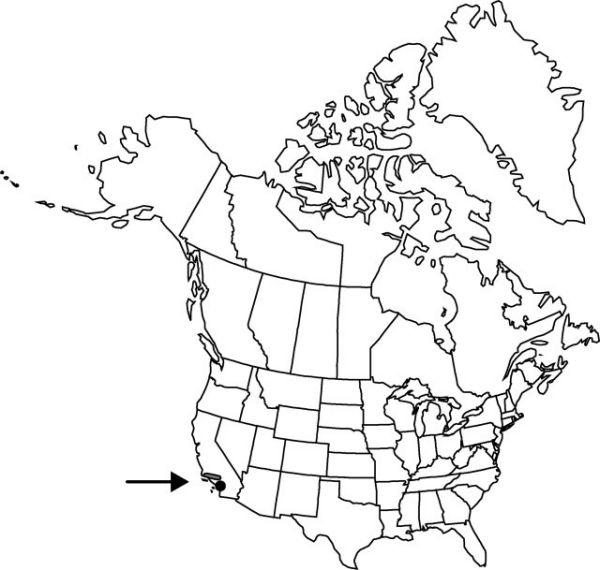Allium monticola
Bull. S. Calif. Acad. Sci. 20: 51. 1921.
Bulbs 1–3+, generally with 1–2 stalked, basal bulbels, not clustered on stout, primary rhizome, ovoid, 1–2.2 × 1.2–2 cm; outer bulb coats enclosing 1 or more bulbs, gray-brown, membranous, lacking cellular reticulation or cells arranged in only 2–3 rows distal to roots, ± quadrate, without fibers; inner coats white to pinkish, cells obscurely quadrate. Leaves persistent, withering just at tip by anthesis, 1, basally sheathing, sheath not extending much above soil surface; blade solid, terete, 9–35 cm × 2–4 mm. Scape persistent, solitary, erect, solid, terete, 6–25 cm × 2–4 mm. Umbel persistent, erect, compact, 8–25-flowered, conic, bulbils unknown; spathe bracts persistent, 2–3, 5–7-veined, broadly ovate, ± equal, apex acuminate. Flowers urceolate, 12–19 mm; tepals erect, rose-purple distally, often white proximally, lance-linear to lance-ovate, ± equal, becoming rigid in fruit, margins entire, apex long-acuminate, flaring at tip; stamens included; anthers yellow; pollen yellow; ovary crested; processes 6, ± prominent, ± triangular to ± linear, margins entire; style linear, ± equaling stamens; stigma capitate, scarcely thickened, unlobed; pedicel 5–12 mm. Seed coat dull; cells minutely roughened. 2n = 14.
Phenology: Flowering late May–Jul.
Habitat: Loose rock and talus slopes, alpine ridges and talus
Elevation: 1400–3200 m
Discussion
Allium monticola is known only from the southern California mountains.
Selected References
None.
